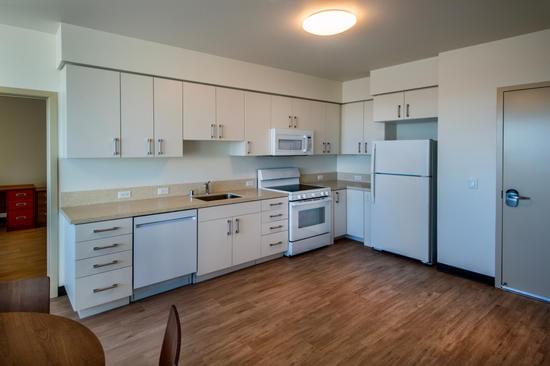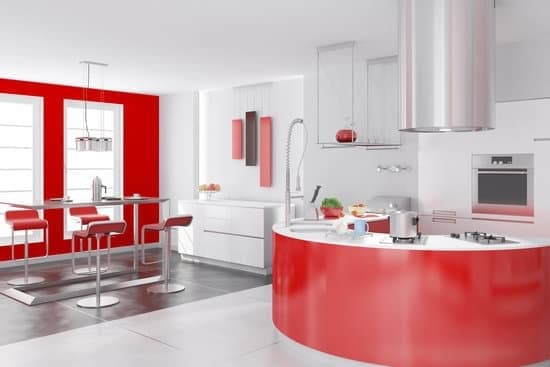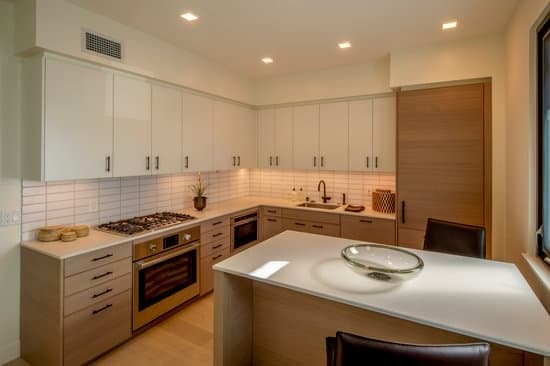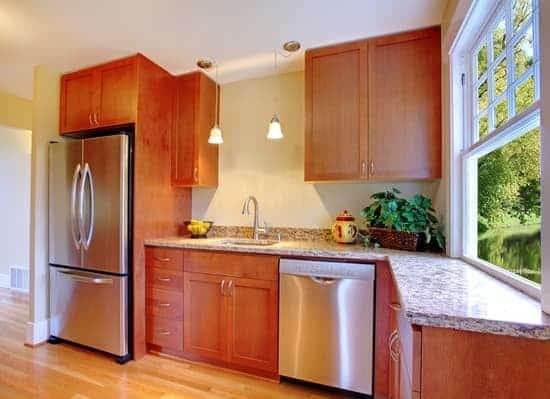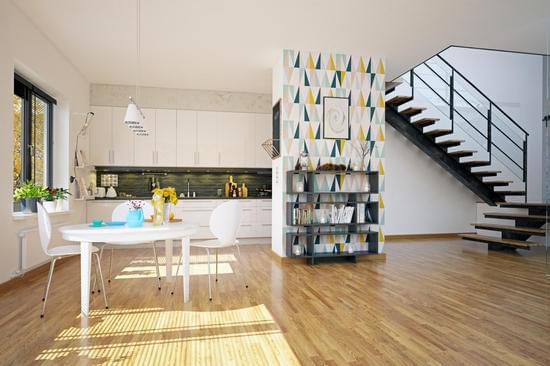Are you looking to add a rustic touch to your kitchen? Building a farmhouse kitchen table is a great way to bring warmth and character to your space. In this article, we will guide you through the process of gathering materials, measuring and cutting the wood, assembling the tabletop, building the table legs, and finishing and staining the table. With our step-by-step instructions and safety tips, you’ll be able to create a beautiful farmhouse kitchen table that will become the heart of your home.
Gathering Materials and Tools
You’ll need to gather all the materials and tools for building a farmhouse kitchen table. Safety should be your utmost priority when embarking on this project. Start by selecting the right wood for your table, ensuring it is sturdy and durable. Oak, pine, or maple are popular choices for their strength and natural beauty. Next, gather the necessary tools such as a circular saw, drill, sander, tape measure, and clamps. These will help you achieve precise cuts and secure joints. Additionally, take some time to find inspiration for farmhouse table designs online or in magazines. This will give you ideas on different styles and finishes that you can incorporate into your own table design. Remember to always follow safety guidelines when handling tools and working with wood to avoid any accidents or injuries along the way.
Measuring and Cutting the Wood
Start by measuring and cutting the wood according to your desired dimensions. To ensure measuring accuracy, use a tape measure and double-check your measurements before making any cuts. Safety is key, so be sure to wear protective goggles and gloves while working with power tools. When choosing the right saw for this project, consider using a table saw or a circular saw with a guide. These tools will provide clean and precise cuts. Remember to always follow the manufacturer’s instructions when operating power tools. Before making any cuts, mark your measurements on the wood using a pencil or chalk line for better visibility. Take your time and cut slowly to avoid mistakes and accidents.
Assembling the Tabletop
To assemble the tabletop, begin by attaching the pre-cut wooden planks together using wood glue and clamps. Before joining them, make sure to sand and smooth each plank to ensure a seamless surface. This will help prevent any splinters or rough spots that could be hazardous. Once the planks are securely fastened with clamps, allow the wood glue to dry completely according to the manufacturer’s instructions.
Afterwards, it’s important to apply a protective coat to the tabletop. This will not only enhance its appearance but also safeguard it from spills and scratches. Choose a finish that suits your style and provides durability such as polyurethane or varnish. Apply multiple thin coats, allowing each one to dry before adding another layer.
Remember, safety should always be a priority when working on any project involving woodworking tools and materials.
Building the Table Legs
After assembling the tabletop, it’s time to construct the legs for the table. When it comes to joinery techniques for table legs, there are a few options that can ensure a sturdy and durable foundation. One popular method is using mortise and tenon joints, which involve creating a hole (mortise) in one piece of wood and fitting a corresponding projection (tenon) on another piece into it. This creates a strong connection that can withstand regular use. Another technique is using dowels or biscuits to reinforce the joints between the legs and aprons of the table.
When customizing the design of farmhouse table legs, you have plenty of room for creativity. Consider adding decorative details like turned or tapered legs to give your table a unique look. You can also experiment with different finishes such as distressing or staining to match your desired aesthetic. Just remember to prioritize safety throughout the process by wearing protective gear like goggles and gloves, using proper tools, and following all relevant guidelines and instructions. With careful planning and execution, you’ll soon have beautiful farmhouse table legs that perfectly complement your kitchen space.
Finishing and Staining the Table
First, you’ll want to prepare the table for finishing and staining by sanding it smooth and removing any dust or debris. This step is crucial for achieving a professional-looking farmhouse kitchen table. Safety should be your top priority throughout the process, so make sure to wear protective gloves and a mask to avoid inhaling any harmful particles.
When it comes to choosing the right stain color, take into consideration the overall theme of your kitchen and the color palette you have chosen for your home decor. A popular choice for a farmhouse kitchen table is a warm, rustic stain that brings out the natural beauty of the wood.
After selecting the perfect stain color, it’s time to apply a protective finish to ensure longevity and durability. There are various options available such as polyurethane or lacquer finishes. Apply multiple coats as per manufacturer instructions, allowing sufficient drying time in between each coat.
By following these steps, you’ll have a beautifully finished and stained farmhouse kitchen table that will be both functional and visually appealing in your home.
Conclusion
In conclusion, you’ve successfully learned how to build a farmhouse kitchen table. By gathering the necessary materials and tools, measuring and cutting the wood, assembling the tabletop, building the table legs, and finishing and staining the table, you have created a beautiful piece of furniture for your home. With your newly acquired skills, you can now enjoy meals and gatherings around this rustic table that you built with your own hands. Well done!

